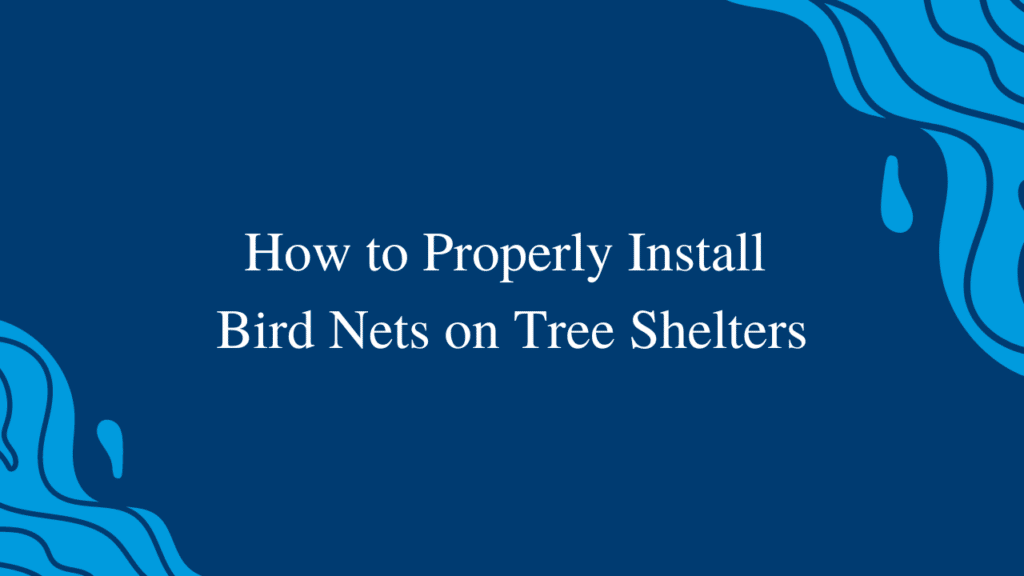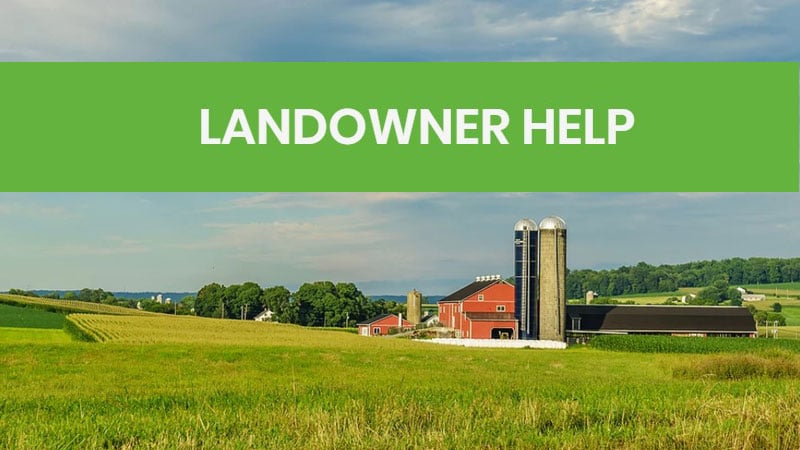Watershed Restoration Resources and Fact Sheets
Fact Sheets
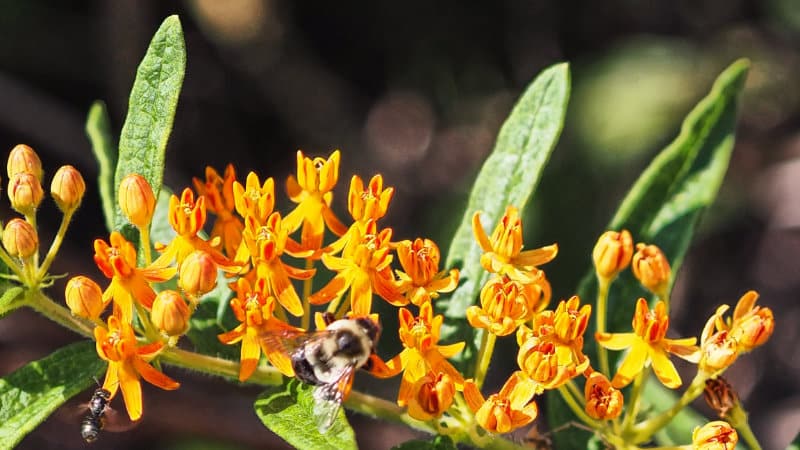
Neonicotinoids: From Your Fields to Your Streams: Research finds commonly used seed coatings for pest management threaten freshwater ecosystems.
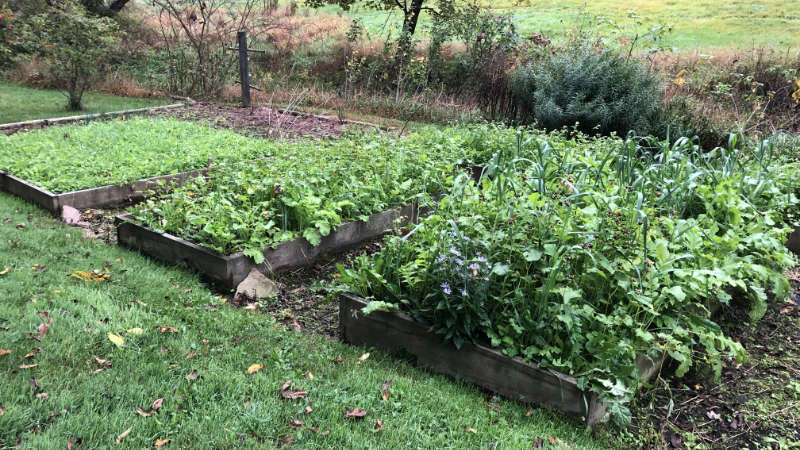
Building Healthy Soils in Home Gardens: It is possible to manage a garden by mimicking nature and following key healthy soil principles.
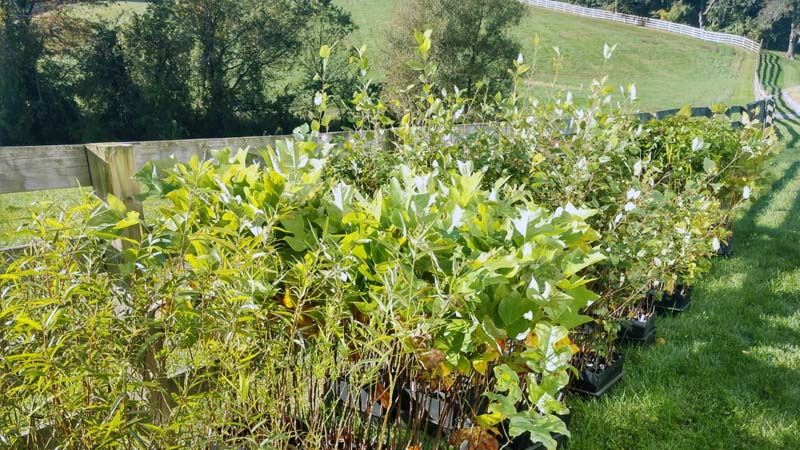
Native Trees and Shrubs of the Mid-Atlantic: See the species we recommend for successful streamside buffers.
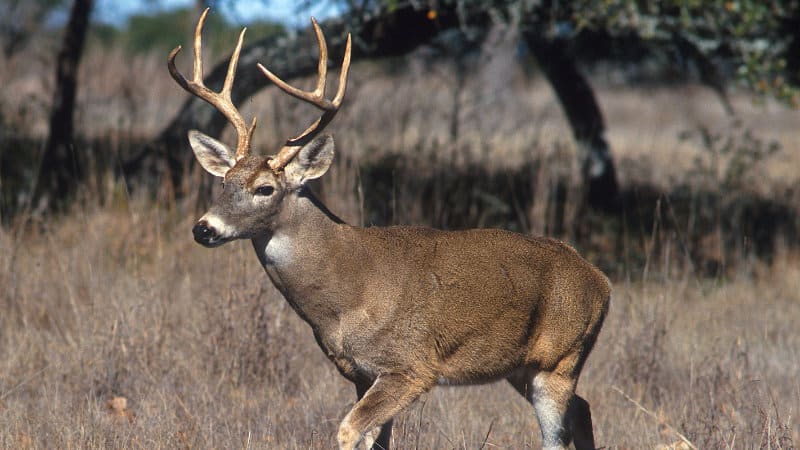
Stopping Buck Rub: Think Twice Before Removing Tree Shelters: Updated guidelines for tree shelter removal based on Stroud Water Research Center field trials.
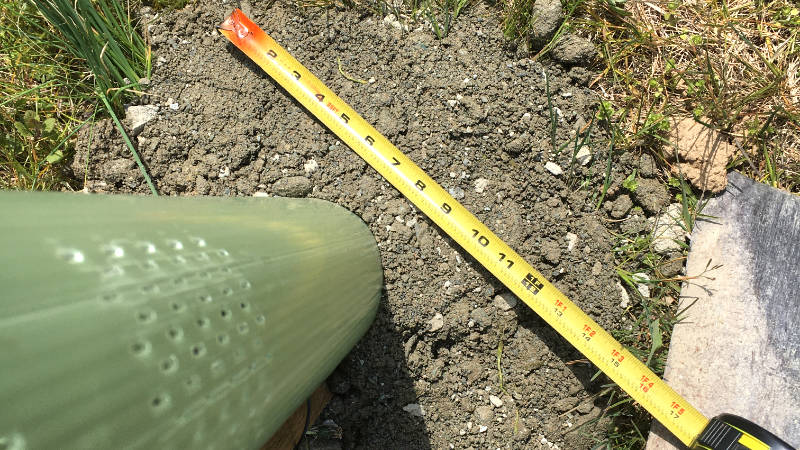
Using Stone Mulch to Protect Sheltered Trees From Rodents: Learn how to prep, apply, and maintain stone mulch as an alternative to herbicide for rodent control around young trees.
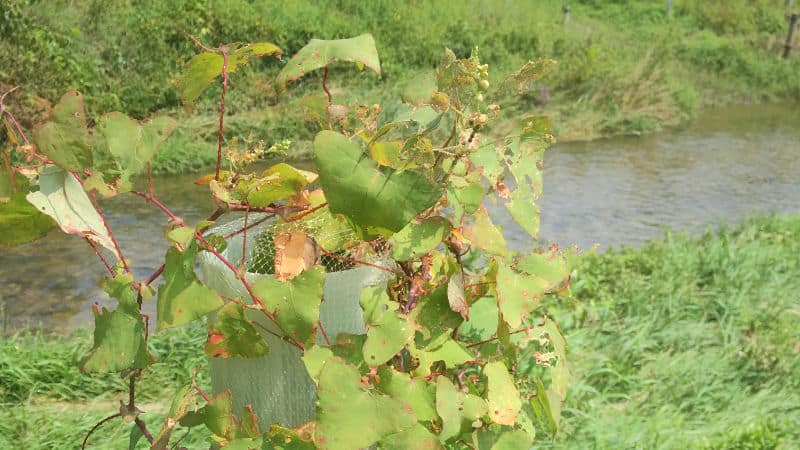
Controlling Weeds, Grasses, and Vines Inside Tree Shelters: Our trials of hand-weeding versus using pre-emergence herbicides inside tree shelters have shown both methods to be effective, with costs being less for the herbicide option.
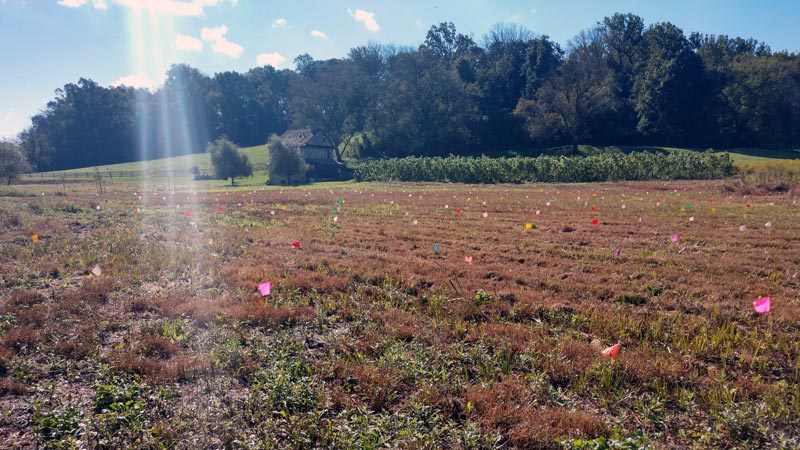
Growing Healthy Streamside Forests: Read Stroud Center guidance for riparian buffer planning, planting, and maintenance.
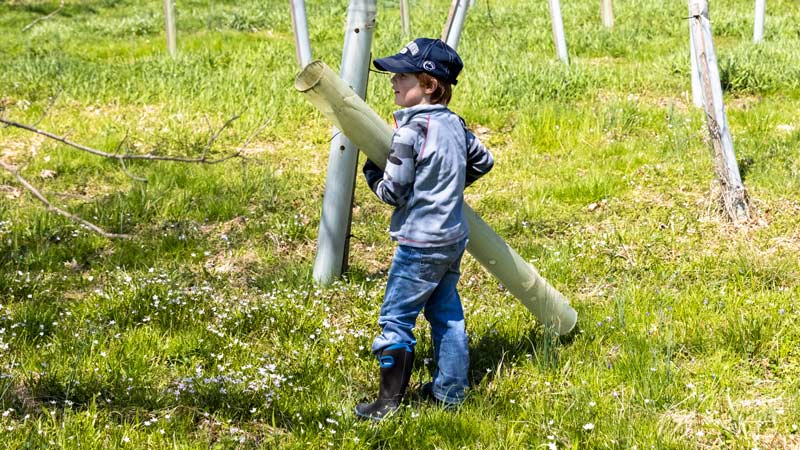
Streamside Forests: The Natural, Cost-Effective Solution for Clean Water: Every tree we plant plays a vital role by providing a natural buffer zone between our land use and the stream it protects.
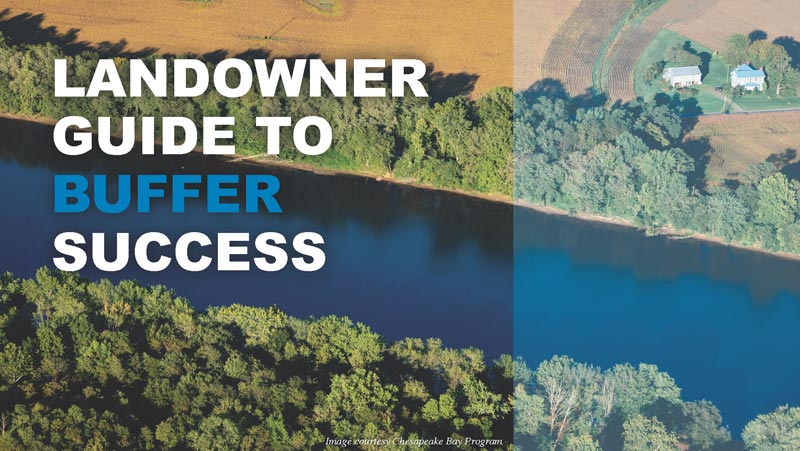
Landowner Guide to Buffer Success: Download a comprehensive list of seasonal activities that are the steps for buffer success throughout the year.
How-To Videos
Helpful Websites
Watershed Restoration Publications
Visit the Watershed Restoration Publications page to see frequently-requested publications by Stroud Water Research Center scientists and other organizations and individuals.
Additional Resources
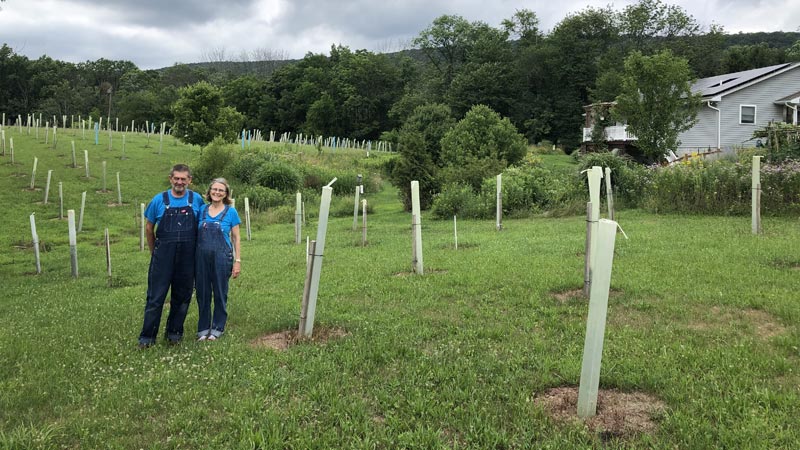
Why Tree Shelters Are Important
Learn the benefits of shelters, which types are best, and how adding nets protects against bird and tree mortality.
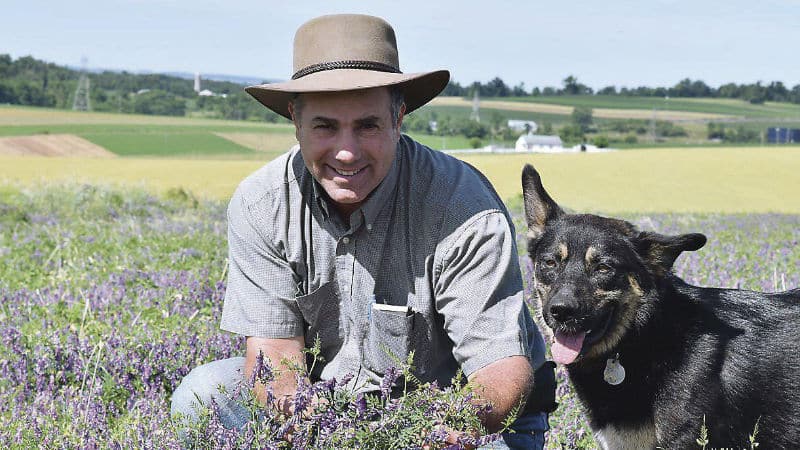
Tips for Cover Cropping Success
Read a series of cover cropping articles written by Steve Groff, a cover crop researcher and owner of Cover Crop Coaching.
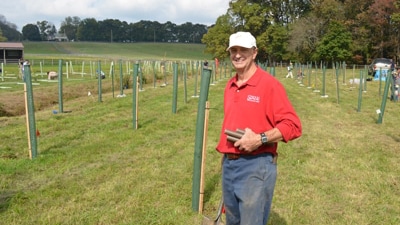
How Many Trees Does It Take to Protect a Stream?
Understand how the Stroud Center determined the minimum riparian buffer width needed to protect and restore clean fresh water.
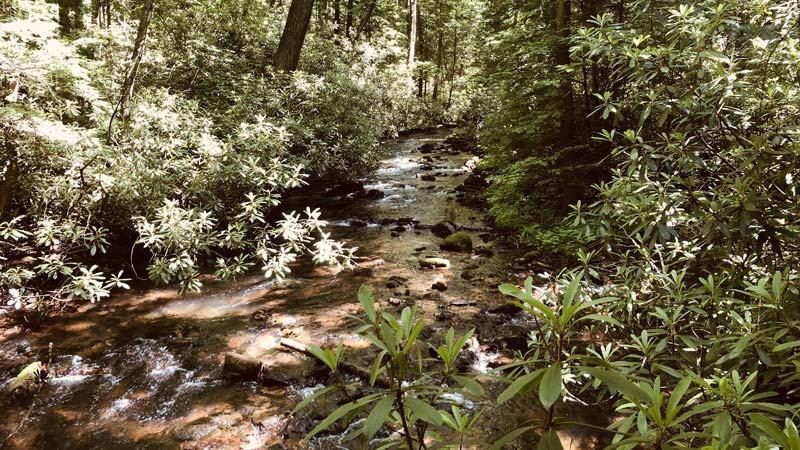
In Support of Streamside Forests: Understanding the Challenges and Becoming Part of the Solution
Streams provide much more than places for recreation; they provide habitat for plants and animals — and the drinking water for many of us.
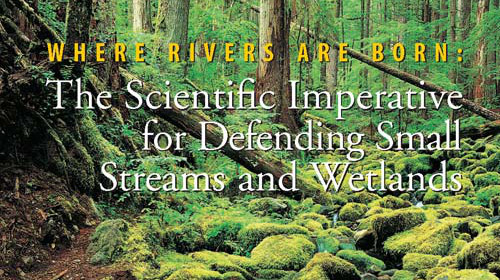
Where Rivers are Born: the Scientific Imperative for Defending Small Streams and Wetlands
Read a summary of the scientific basis for understanding that the health and productivity of rivers and lakes depends upon intact small streams and wetlands.



